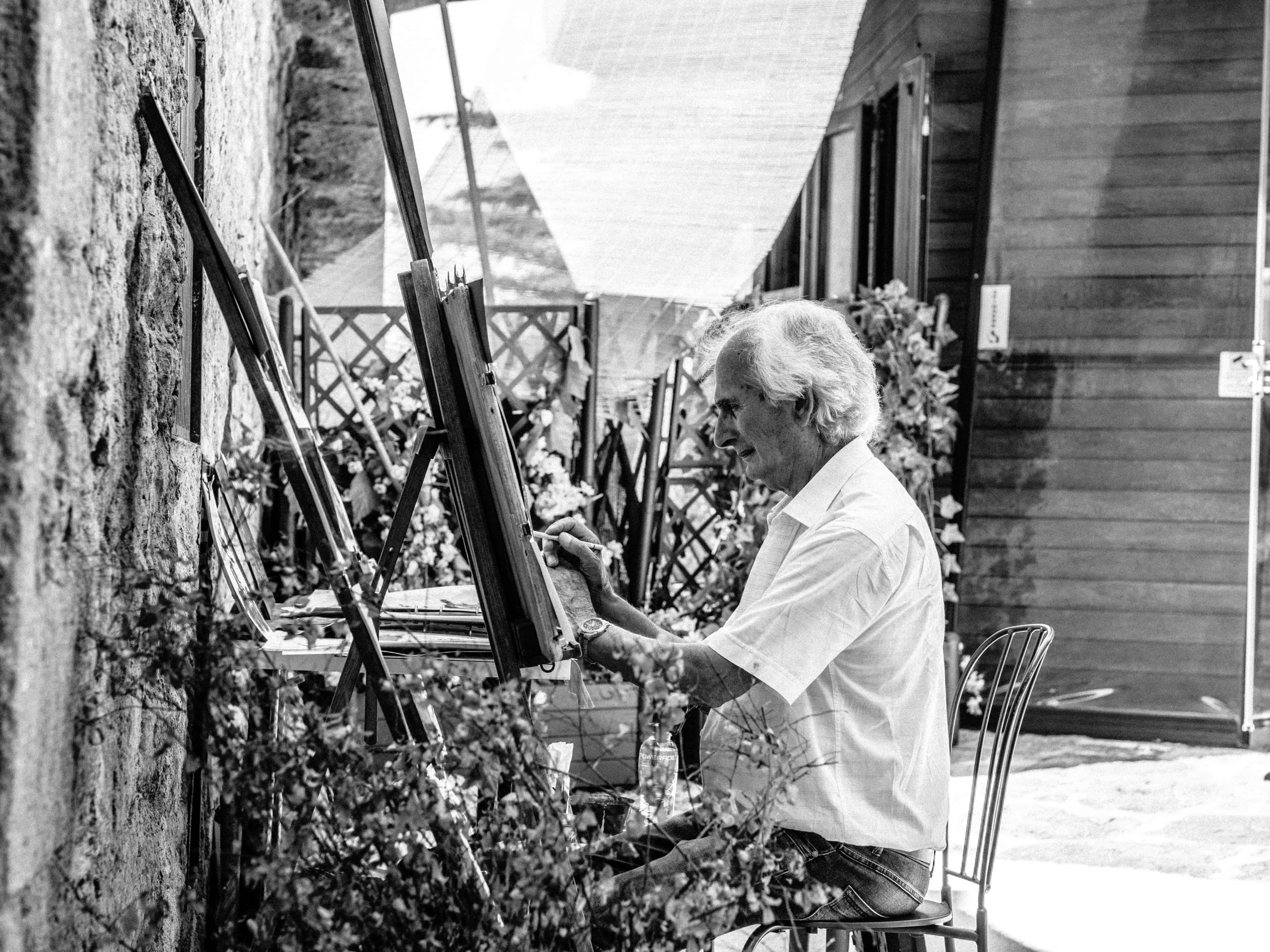
25 Jan The History of Art Exhibitions
Art exhibitions, regarded as a cornerstone of the art world, stand as living testaments to the dynamic interplay between artistic expression, societal shifts, and evolving cultural perspectives. From their humble origins as exclusive displays in the opulent halls of palaces, these exhibitions have undergone a remarkable evolution, emerging as inclusive spectacles that invite the public into the captivating realm of artistic expression. This transformative journey not only mirrors changes in the presentation of art but also signifies a broader shift in the understanding and purpose of artistic endeavors.
Examining the historical foundations of art exhibits and following their development across three different generations is important to understand how they have changed over time. To shed light on the factors that have formed and remade the essence of creative presentation, this research aims to unravel the numerous threads that make up the rich tapestry of the art world. Come along on this fascinating historical voyage as we explore the ups and downs that have shaped the dynamic field of art exhibits, from their elite origins to their current status as open-access and inclusive cultural events.
Early Showings: Seeds of Public Engagement (16th–18th Centuries)
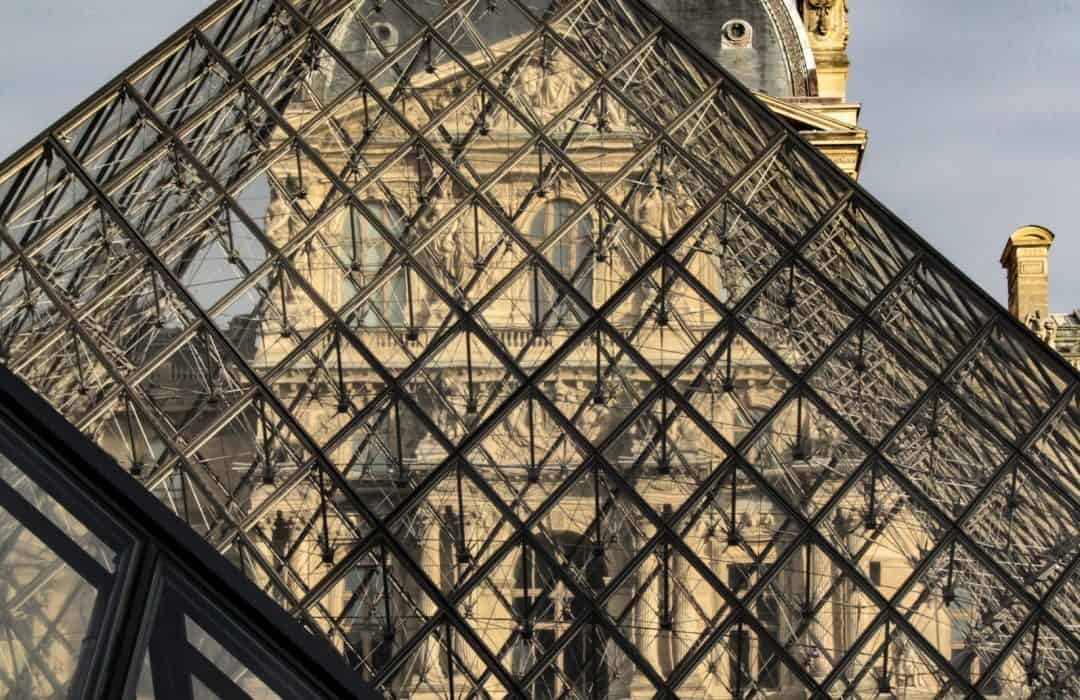
Photo by Robin Ulrich
Academic Showcases
The art academies in Rome and Venice played instrumental roles in shaping the public’s interaction with art during key historical periods. Notably, the Accademia di San Luca’s initiation of student exhibitions in 1607 marked a watershed moment in this evolution. Initially dedicated to showcasing the works of budding talents, these exhibitions progressively expanded to incorporate contributions from established artists. This transformation not only widened the horizons of artistic expression but also cultivated a communal space for artists to engage, exchange ideas, and exhibit their creations, fostering a dynamic artistic environment.
In Venice, the displays at Piazza San Marco added another layer to the unfolding narrative of public engagement with art. Drawing inspiration from the pioneering efforts of the Accademia di San Luca, these exhibits became pivotal moments in the city’s artistic landscape. Featuring a diverse array of artworks, these public showcases played a crucial role in dismantling barriers that traditionally separated artists from the public. By doing so, they contributed significantly to the creation of a more inclusive environment, where the appreciation and active participation in the arts were not confined to a select few but open to a broader audience, marking a progressive shift in the cultural dynamics of Venice.
Royal Patronage
The tradition of monarchs and aristocrats commissioning and displaying art in their palaces significantly influenced the perception and consumption of art. Serving as patrons, these elites not only provided financial support to artists but also created exclusive viewing experiences within their palaces, elevating art to a status aligned with elite societal circles.
The Louvre’s Salon des Ambassadeurs in France epitomized the impact of royal patronage on exclusive art spaces. This salon not only showcased royal collections to visiting dignitaries but also solidified the link between art and power. The curated environments of the Louvre and similar palaces transformed these spaces into cultural centers that defined artistic taste and sophistication, reinforcing the idea that art served as a symbol of status and influence. The practice of turning palaces into curated galleries for the privileged not only displayed patrons’ wealth and taste but also contributed to shaping society’s understanding of art as a marker of social standing, with curated collections within palaces reflecting patrons’ identities and reinforcing the notion that art was a symbolic representation of power and prestige.
The Rise of Public Salons and Academies (18th–19th Centuries)
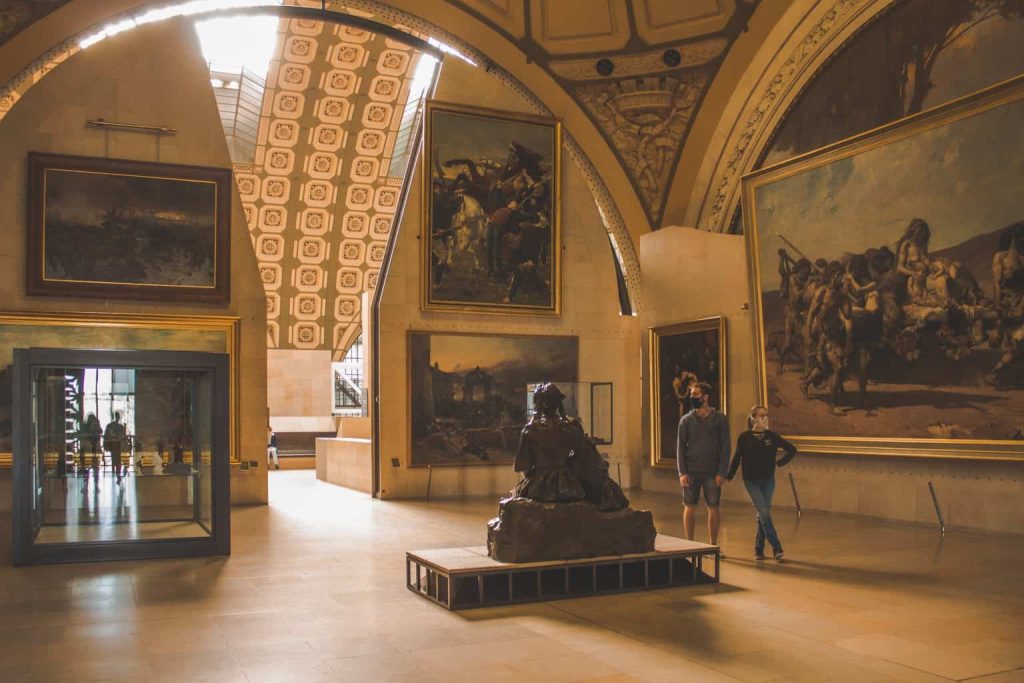
Photo by Diane Picchiottino
Paris Salon
The Paris Salon, established in 1737, holds a seminal position in the history of art as it marked a significant departure from the exclusive nature of artistic exhibitions. Unlike previous gatherings limited to privileged patrons, the Salon introduced an annual, large-scale public exhibition open to all artists. This groundbreaking move democratized the art world, allowing artists from various backgrounds and styles to showcase their work. The Salon became a powerful arbiter of artistic recognition, with its decisions influencing the trajectory of artists’ careers. By either granting or denying recognition, the Salon played a pivotal role in shaping artistic trends and determining the success of artists during this period.
National Exhibitions
National exhibits provided vital forums for artists from many areas and nations, as demonstrated by establishments such as the Berlin Academy of Arts (established in 1696) and the Royal Academy of Arts in London (formed in 1768). These shows were fundamental in promoting a feeling of national identity in addition to giving artists a platform to show off their creations. These organizations enhanced the cultural diversity and individuality of each country’s creative expression by presenting a range of artistic genres. Hence, the Royal Academy of Arts and other establishments were crucial in molding the cultural narrative of their individual nations by providing a platform for artists to investigate and delineate their countries’ creative identities.
Traveling Exhibitions
The 18th and 19th centuries saw the emergence of innovative formats in the art world, notably traveling exhibitions like panorama displays and dioramas. Unlike static exhibitions confined to specific institutions, these dynamic displays brought art directly to the people, reaching diverse audiences beyond traditional art spaces. Panoramas, with their immersive and large-scale depictions, and dioramas, offering three-dimensional representations, captivated viewers and provided a unique and accessible way to experience art. This democratization of access to culture marked a departure from the elitist norms of the time, making art more inclusive and reflective of the broader societal fabric. Traveling exhibitions thus played a crucial role in breaking down barriers and making art a shared experience for a wider audience.
Modern Blockbusters and Beyond (20th–21st Centuries)
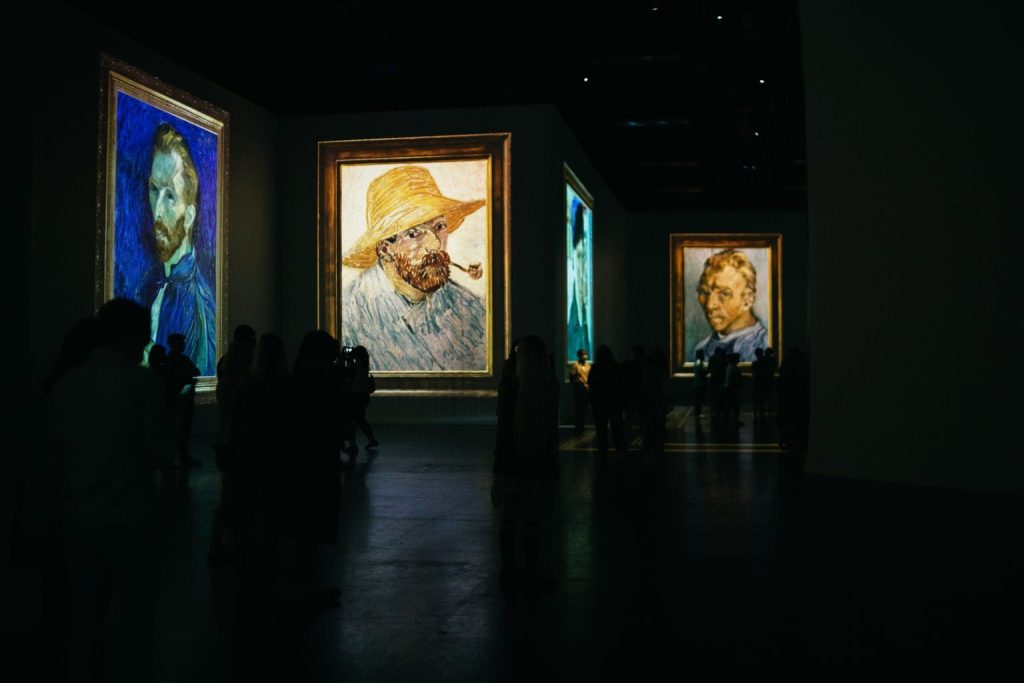
Photo by Redd F
International Shows and Biennales
International exhibitions, such as the Venice Biennale, founded in 1895, and Documenta in Kassel, Germany, established in 1955, have played pivotal roles in fostering global artistic dialogue. These events served as platforms to showcase a rich array of artistic practices from around the world, breaking down cultural barriers and facilitating cross-cultural exchange. Artists from different regions could present their work on an international stage, promoting diversity and enriching the global art scene.
The "Blockbuster" Era
The 20th century witnessed the rise of what is commonly referred to as the “blockbuster” era in the art world. During this period, massive and highly publicized museum exhibitions became increasingly popular. Notable examples include the Tutankhamun exhibitions in the 1970s and retrospectives featuring artists like Van Gogh. These exhibitions drew enormous crowds, blurring the lines between traditional art appreciation and entertainment. The “blockbuster” phenomenon contributed to making art more accessible to the general public, transforming it into a form of popular culture.
Digital Exhibitions and Beyond
In the 21st century, the art world underwent a significant transformation with the introduction of digital technologies to art exhibitions. Virtual tours and online galleries emerged as innovative ways to make art accessible to a global audience. These digital platforms allowed individuals from different parts of the world to explore exhibitions without physical constraints. Simultaneously, the rise of pop-up shows and artist-run initiatives challenged the conventional notions of exhibition spaces. Artists began to experiment with unconventional venues, breaking away from the traditional gallery setting and exploring new ways to engage with audiences. The fusion of technology and art in the digital age opened up exciting possibilities for creative expression and audience interaction, shaping a new era in the evolution of art exhibitions.
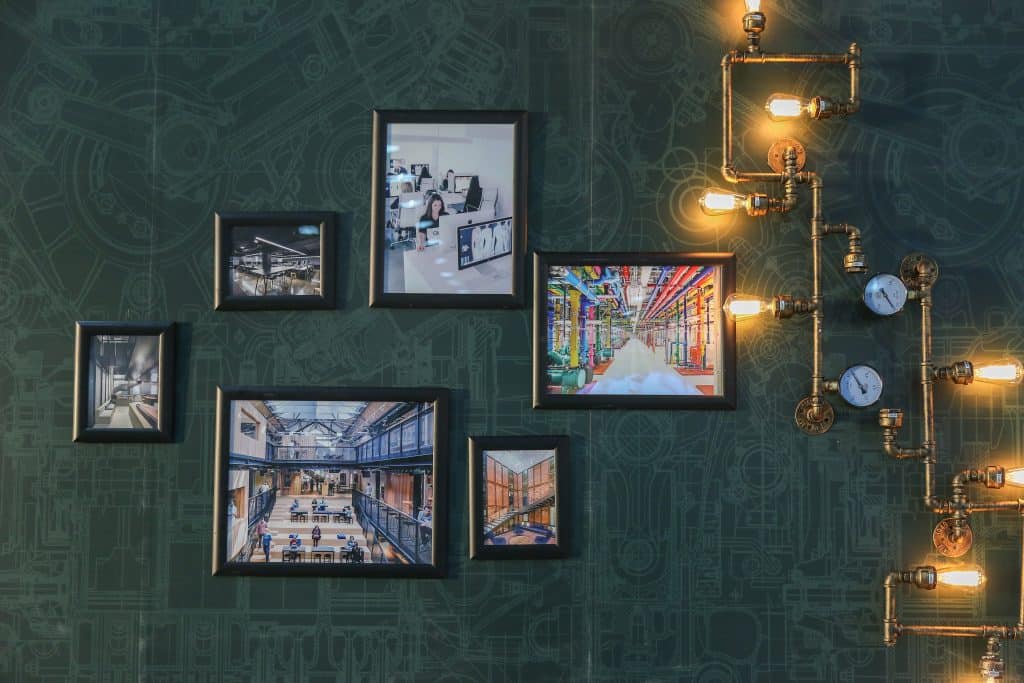
Photo by 隔壁光头老王 WangMing’Photo
Conclusion
When the history of art shows is traced, a revolutionary story is told that captures the transition from exclusive royal exhibitions to open-air public events spanning three generations. Art appreciation was restricted to affluent groups with the establishment of art academies and royal sponsorship throughout the early 16th to 18th century. Nonetheless, the emergence of national exhibits, touring displays, and public salons over the ensuing 18th and 19th centuries signaled a significant change by democratizing access and strengthening a sense of national identity.
The 20th and 21st centuries witnessed the globalization of art exhibitions, with events like the Venice Biennale becoming pivotal in fostering international artistic dialogue. This era also gave rise to blockbuster exhibitions, merging art with entertainment and drawing massive crowds. The digital age further revolutionized art showcases, introducing virtual tours and online galleries that expanded accessibility and challenged traditional exhibition spaces. From palaces to global platforms, the history of art exhibitions is a dynamic testament to the ever-changing relationship between art, society, and the evolving ways in which audiences engage with creative expression.
Key Takeaways
Period | Characteristics | Impact |
16th–18th Centuries | Academic showcases, royal patronage | Art as a symbol of status |
18th–19th Centuries | Paris Salon, national exhibitions, traveling exhibitions | Shaping artistic trends, fostering national identity, democratizing access to culture |
20th–21st Centuries | International shows, “blockbuster” era, digital exhibitions | Global artistic dialogue, merging art with entertainment, expanding accessibility |
FAQs
What was the significance of the Paris Salon?
The Paris Salon, inaugurated in 1737, holds profound historical importance as the first expansive, public exhibition that welcomed all artists. Its establishment marked a departure from exclusive, aristocratic patronage, offering a platform for artists from various backgrounds to showcase their work. The Salon played a pivotal role in influencing artistic trends, serving as a barometer for artistic merit and public taste. The judgment of the Salon’s jury could significantly impact an artist’s career, determining their success and reputation within the art world. It became a social and cultural focal point, shaping the trajectory of art movements and fostering the emergence of renowned artists throughout the years.
How did traveling exhibitions impact the art world?
Traveling exhibitions, encompassing diverse formats like panorama displays and dioramas, had a transformative effect on the art world. By breaking away from the confines of traditional gallery spaces, these exhibitions democratized access to art, making it more inclusive. Unlike fixed institutions, traveling exhibitions brought art to diverse locations, reaching audiences that might not have had easy access to established cultural centers. This accessibility broadened the appreciation of art and facilitated cultural exchange. Artists could now engage with a more varied audience, transcending geographical and socio-economic boundaries, thus contributing to the evolution of artistic expression.
How has the digital age influenced art exhibitions?
The advent of the digital age has ushered in a paradigm shift in the way art is exhibited and consumed. Virtual tours, online galleries, and alternative exhibition spaces like pop-up shows have emerged as powerful tools, redefining the dynamics of the art world. Virtual exhibitions break down physical barriers, allowing global audiences to explore artworks from the comfort of their homes. Online platforms enable artists to showcase their work independently, reducing dependence on traditional galleries. Additionally, the digital realm has opened up new avenues for artistic experimentation, incorporating interactive elements and multimedia presentations. The digital age challenges conventional exhibition norms, encouraging a more dynamic and inclusive approach to presenting and experiencing art.
Trace “The Evolution of Digital Art Galleries”, unraveling their transformative impact on the traditional paradigms of art display, as these virtual spaces redefine accessibility, interactivity, and the immersive experience, shaping a new era in the way art is showcased and experienced.

